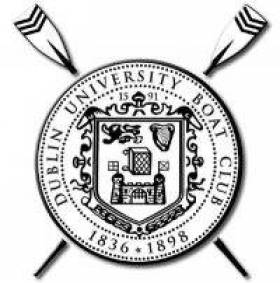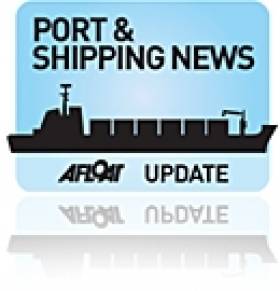Displaying items by tag: Bank of Ireland
#Rowing: Trinity emerged as the top college at the University Championships of Ireland at the National Rowing Centre today. The combined points total of women’s and men’s crews was 66, ten more than Queen’s University and 14 ahead of UCD. The Wylie Cup was won by NUIG by virtue of their wins in the men’s intermediate and club eights, while Trinity won the Bank of Ireland Cup for women. The men’s senior eights final again saw Trinity beaten by UCD, by half a length. The verdict in the women’s senior eight was the same – but the result was reversed.
University Rowing Championships, National Rowing Centre, Cork, Friday (Selected Results)
Overall: 1 Trinity (DUBC and DULBC combined) 66 points, 2 Queen’s University 56pts, 3 UCD 52pts. Wylie Cup (men): NUIG. Bank of Ireland Cup (women): Trinity.
Men
Eight – Senior: 1 UCD, 2 Trinity, 3 NUIG; ½ l, 3l. Inter: NUIG. Club: NUIG. Novice: Trinity A 2½ l.
Four, Sen: 1 UCC, 2 Trinity; canvas. Inter: NUIG. Club, coxed: UCC.
Pair – Sen: 1 UCD, 2 NUIG, 3 Trinity A; 6l, 6l.
Sculling, Quadruple – Novice, coxed: Queen’s. Double – Inter: Queen’s. Single – Senior: 1 Queen’s (P Doyle), 2 Belfast Met (S McKeown), 3 Queen’s (C Beck); 2 ½ l, ½ l. Inter: Cork IT (Hennessy).
Women
Eight –Senior: 1 Trinity A, 2 UCD, 3 Trinity B; ½ l, dist. Inter: Trinity. Club: Queen’s. Novice: UCD.
Four – Sen: 1 Trinity A, 2 UCD, 3 Trinity; ¾ l, dist. Inter, coxed: Queen’s. Club, coxed: Trinity A.
Pair – Sen: Trinity.
Sculling, Quadruple – Novice, coxed: Dublin IT A.
Double – Inter: Trinity A.
Single – Senior: IT Tralee (M Dukarska). Inter: UCC (Bouanane).
BoI Shipping Loans Prime Asset for Euro Bank Purchase
Bank of Ireland's €1.4 billion shipping loan and maritime business is now being targeted by potential buyers.
The Sunday Independent reports that Spanish banking group Santander is interested in "cherry-picking" prime assets from Ireland's faltering financial institutions.
Santander has already paid almost €3 billion for AIB's Polish interest Banco Zachnodi, and now senior bankers believe it may be interested in buying parts of AIB and other Irish bank assets - including BoI's lucrative maritime loans business.
Credit Agricole and Banque Nationale de Paris (BNP) have also shown keenness in Irish assets, though it is thought their interest has cooled due to poor prospect for Ireland's economy.
The Sunday Independent has more on the story HERE.































































